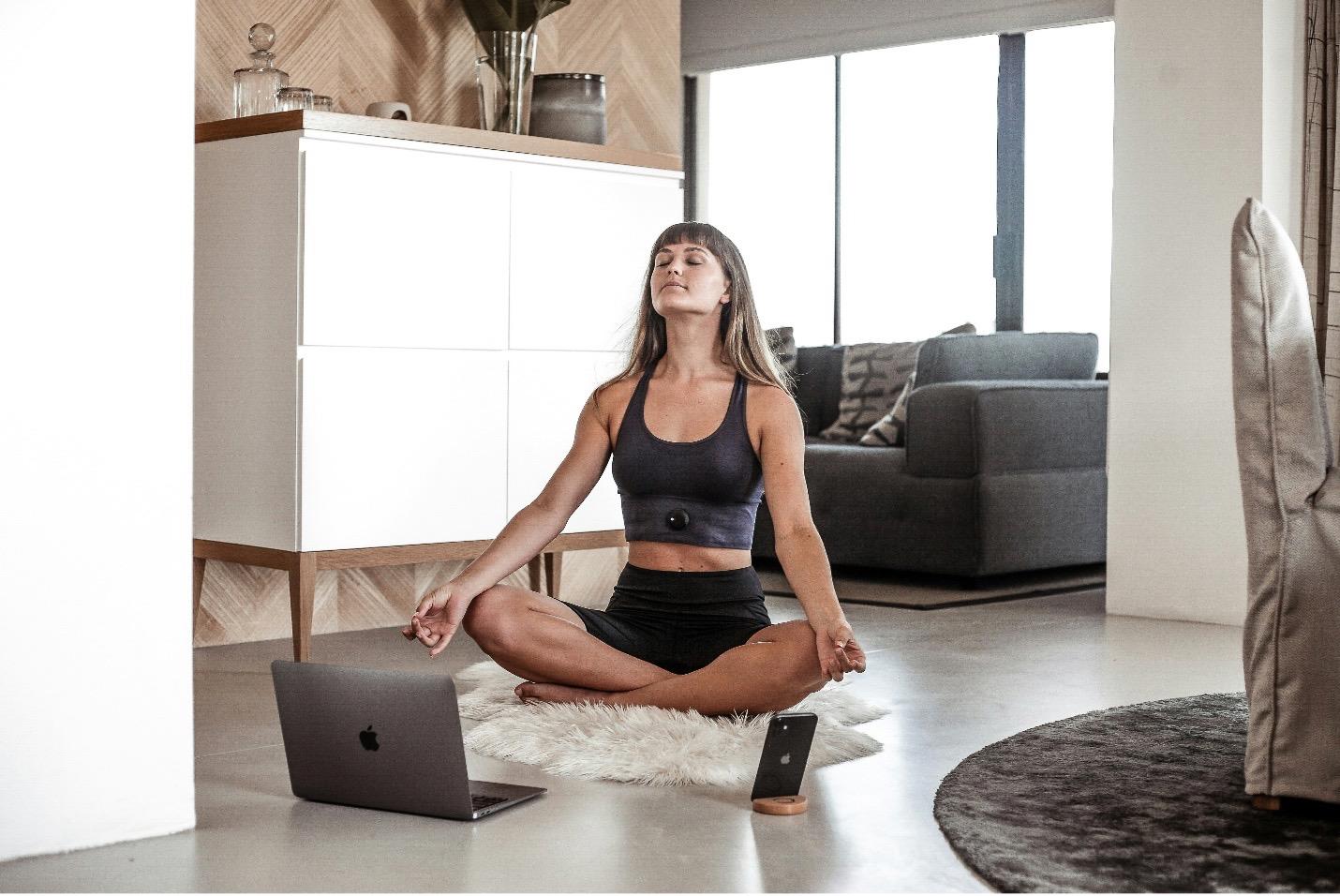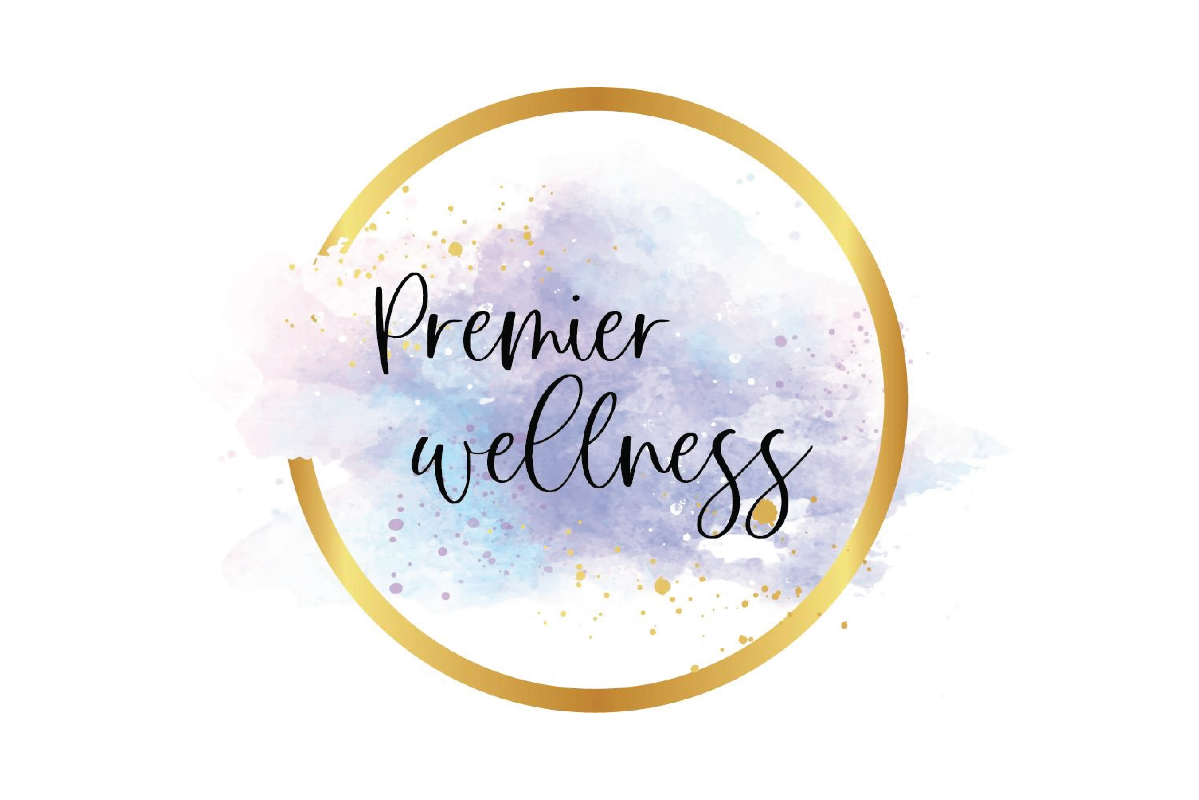
The Power of Breathwork: 5 Breathing Techniques to Calm, Heal, and Energize
Take a deep breath. Inhale slowly, hold it… and exhale.
Feels good, right?
Well, breathing is a natural process. It's automatic, constant, and of course essential for our survival. But what if I told you that this breathing can be one of the most powerful healing tools you have?
Yes, that's right.
Something as simple as breathing can affect your mood, energy, sleep, and even your mental clarity. It is much more than just oxygen in and carbon dioxide out. It is a direct line of communication between your mind and body. When used intentionally, it becomes a bridge to calm your nerves, reduce stress, and enhance mood.
So, let's get into the magic of breathwork—what it is, how it works, and some quick techniques to use every day to calm your mind and energize your body.
What Is Breathwork?
Breathwork is an intentional breathing practice used to improve physical, mental, and emotional well-being. Unlike unconscious breathing, which is controlled by your nervous system, breathwork teaches you to take the wheel—regulating your breath on your own to influence your mind and body.
Breathwork is a trend right now, but it is not something new. It has been used in yoga, traditional medicines, and healing arts for centuries. And now it is also backed by modern science, with studies showing the ability of breathing techniques to improve oxygenation, reduce stress, and even rewire neural pathways (Bentley TGK, 2023)
And one of the best things about these breathing techniques is that they are highly accessible. You don't need any expensive equipment, hours of time, or complicated poses for these techniques. Even if you are busy on your computer, sitting in traffic, or lying in bed, a few minutes of mindful breathing can shift your entire state of being.
How These Breathing Techniques Work:
Your breathing is directly linked to the nervous system—especially to the two branches that control your "fight or flight" mode. When you are stressed or anxious, your breathing becomes rapid and shallow, activating the fight mode.
This results in rapid breathing, muscle tension, and anxiety.
But you can reverse this process with intentional breathing. When you slow down your breath, you signal to your brain that you are safe. This activates the rest mode, also known as the "healing state," where your body starts to focus on repair, immune function, and emotional regulation.
And this shift isn't just a mental change but a physical one as well. Your blood pressure lowers, your heart returns to normal, inflammation in the body decreases, and your brain waves begin to slow. It's like flipping a switch from survival mode to healing mode.
In short, your breath can work like a personal tool to guide your nervous system and influence how your body feels and functions. And once you know the right techniques, you can bring yourself back into balance anytime, anywhere.
5 Breathwork Techniques to Try
Now that you know why breathwork works and how it can influence your physical and mental well-being, let's get into those techniques you can adapt it into your daily routine.
1. Box Breathing (4-4-4-4 Breath)
This technique is used by yogis, athletes, and Navy SEALs to stay calm and centered under pressure. It is a perfect quick fix for stressful moments. This technique has also been shown to improve mood and reduce symptoms of anxiety and panic disorder. (Balban MY, 2023)
Helps in:
Improving concentration, and focus, and reducing anxiety.
How to do it:
1. Inhale for 4 counts. Hold for 4 counts.
2. Now exhale for 4 counts.
3. Hold again for 4 counts.
4. Repeat for 4–6 rounds.
2. Diaphragmatic (Belly) Breathing
This technique is the foundation of most breathwork. Deep belly breathing massages your internal organs, slows your heart rate, and oxygenates the blood. According to a 2020 study analysis, this breathing technique can be very helpful for people suffering from heart problems, cancer, or COPD. (H, 2020)
Helps in:
Reducing stress, improving digestion, and activating the rest mode in stressed conditions.
How to do it:
1. Sit or lie down where you are.
2. Put one hand on your chest and the other one on the belly.
3. Inhale through your nose and make sure your belly is rising, not your chest.
4. Exhale slowly through your mouth, letting the belly go down.
5. Repeat this for 5–10 minutes.
3. Alternate Nostril Breathing (Nadi Shodhana)
This ancient breathing practice influences both the left and right sides of the brain, making it great for clearing mental fog and calming emotional ups and downs. Various studies have shown the ability of this technique to improve heart function and lower heart rate. (Jahan I, 2021)
Helps in:
Reducing anxiety, clearing the mind, and balancing mind and body.
How to do it:
1. Sit comfortably and use your thumb to close your right nostril. Inhale through the left nostril.
2. Close your left nostril with your index finger, open your right nostril, and exhale.
3. Now inhale through the right nostril. Then close the right nostril, open the left, and exhale.
4. That's one round—repeat for 5–10 rounds.
4. 4-7-8 Breathing
This technique is perfect before bed when winding down from a busy day. It helps in relaxing the nervous system. Moreover, research from 2023 shows this technique is helpful in reducing anxiety symptoms. (Aktaş, 2023)
Helps in:
Sleep support, calming the mind, deep relaxation.
How to do it:
1. Inhale through your nose for 4 seconds.
2. Hold your breath for 7 seconds, then
3. exhale a little bit slowly through your mouth for 8 seconds.
4. Repeat this cycle four times.
5. Breath of Fire (Kapalabhati)
This is an energizing technique best done in the morning when you need a boost of energy after waking up. According to a 2014 study, this technique can increase brain function including reaction time and attention. (Sharma VK, 2014)
Helps in:
Stimulating digestion, boosting energy, and clearing mental fog.
How to do it:
1. Sit straight and take a passive inhale through the nose.
2. Now forcefully exhale through your nose while contracting your abdominal muscles.
3. Let your body inhale naturally and keep the exhales rhythmic.
4. Do 20–30 breaths per round. Rest and repeat up to 3 rounds.
Making Breathing Practices Part of Your Wellness Routine
The best part about breathwork? You don't need a studio, instructor, or even a yoga mat. All you need is you.
1. Start with 5 minutes a day. As you get comfortable, increase the duration.
2. Pick the technique that suits you best. Use it in the morning, during a stressful moment, or before bed. And when you get used to it, explore other techniques.
3. Combine your breathwork with other healing practices like meditation, massage, or essential oils to create a holistic self-care routine.
Final Thoughts
Breathing is life—it's the first thing we do when we come into this world. But we easily forget how powerful it can be.
Breathwork is a gift—simple, natural, and easily accessible. Whether you are dealing with anxiety, low energy, or sleeping issues, your breath is your greatest ally. So, take a deep breath. You are just one inhale away from feeling better.
References
1-Aktaş, G. K. (2023). The Effect of Deep Breathing Exercise and 4-7-8 Breathing Techniques Applied to Patients After Bariatric Surgery on Anxiety and Quality of Life. Obesity surgery, 33(3). doi:https://doi.org/10.1007/s11695-022-06405-1
2-Balban MY, N. E. (2023). Brief structured respiration practices enhance mood and reduce physiological arousal. Cell Reports Medicine, 4(1). doi:https://doi.org/10.1016/j.xcrm.2022.100895
3-Bentley TGK, D.-P. G. (2023). Breathing Practices for Stress and Anxiety Reduction: Conceptual Framework of Implementation Guidelines Based on a Systematic Review of the Published Literature. Brain Sciences, 13(12). doi: https://doi.org/10.3390/brainsci13121612
4-H, H. (2020). Effects of Diaphragmatic Breathing on Health: A Narrative Review. Medicines, 7(10). doi:https://doi.org/10.3390/medicines7100065
5-Jahan I, B. M. (2021). Effects of alternate nostril breathing exercise on cardiorespiratory functions in healthy young adults. Annals of African Medicine, 20(2). doi:https://doi.org/10.4103/aam.aam_114_20
6-Sharma VK, M. R. (2014). Effect of fast and slow pranayama practice on cognitive functions in healthy volunteers. Journal of Clinical and Diagnostic Research, 8(1). doi:https://doi.org/10.7860/JCDR/2014/7256.3668
